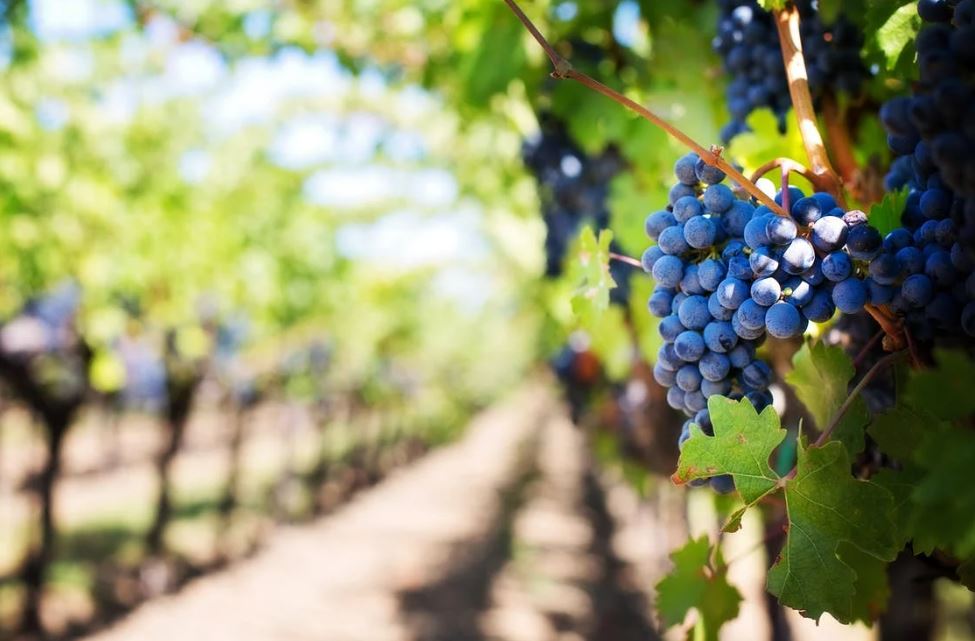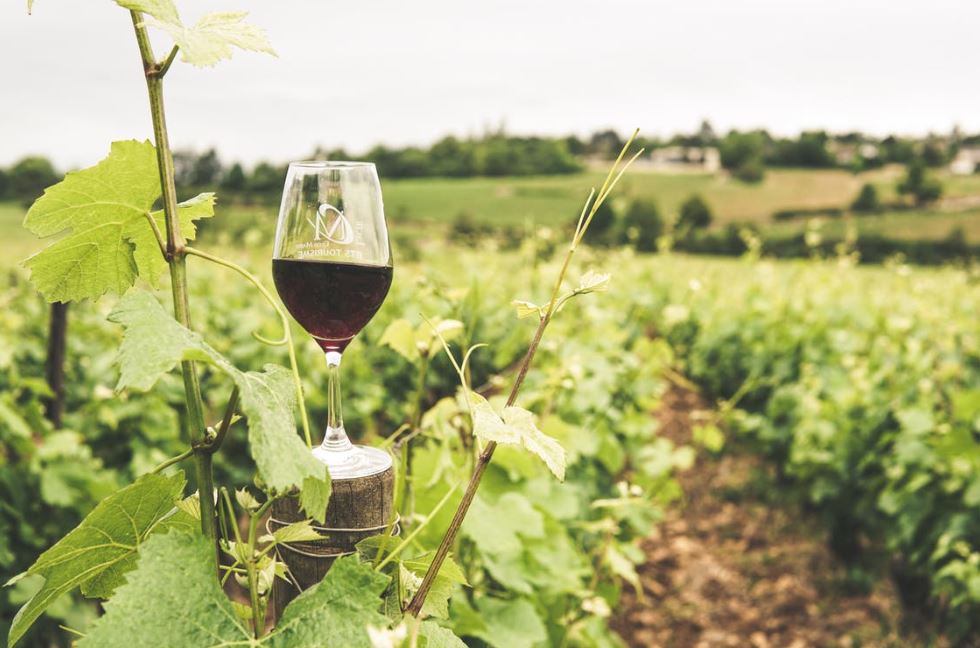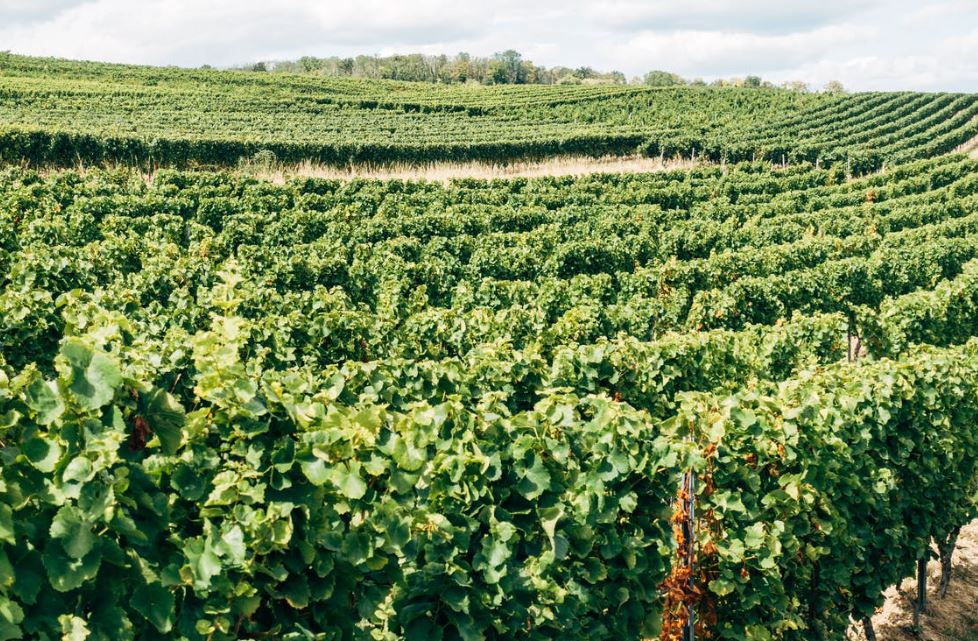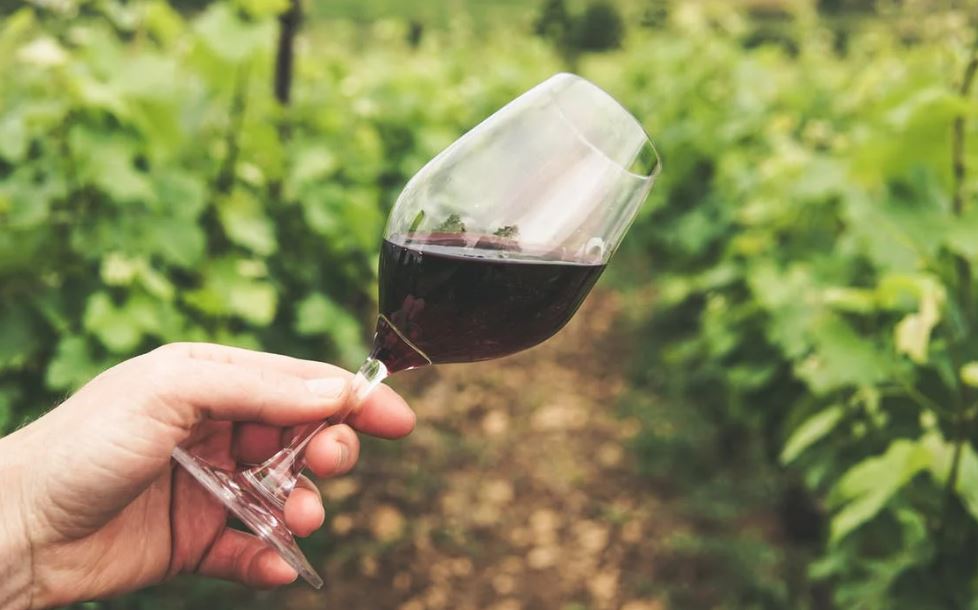Texas is roughly the size of France, as Texas wine professionals frequently point out. Texas wines frequently highlight the minerality of the region because the state’s climate mandates that the fruit is collected earlier and remains on the vine for far less time than, say, California’s juicy, fruit-forward wines.
However, the same climate makes growing grapes in the region difficult. With long, hot summers, the occasional (but potentially more frequent in the future caused by climate change) hard freeze, and erratic storms, winemakers depend on hardy grape varieties suited to each region.
There are eight American Viticultural Areas in Texas (AVA). Continue reading to find out more.
What Is an AVA?
AVA corresponds to American Viticultural Area, a defined area or region that the Federal Government (more accurately, the Alcohol and Tobacco Tax and Trade Bureau (TTB)) approves after a formal application process. An AVA must be a delimited grape-growing territory with distinct climatic and/or geographic characteristics that distinguish it from neighboring regions and influence the characteristics of grapes cultivated within the defined boundaries.
All established US AVAs’ names and boundary descriptions are published and described in the Code of Federal Regulations – 27 CFR part 9. As one might expect, preparing an AVA proposal for the TTB, as with most interactions with the US government, can be difficult. The Code’s sub-sections include scope, definitions, general provisions, administrator delegations, territorial extent, and further sub-sections explaining the petition’s submission with its processing steps, defined requirements, and hopefully, impending approval by the TTB.
There are 269 acknowledged AVAs in 34 states as of 2021. Some are shared by two or more nations, including one shared by New Mexico and Texas, and California is home to more than half of these AVAs (no surprise!).
It is important to note that the Texas Hill Country, Texoma, Texas High Plains, Davis Mountains, Mesilla Valley, and Escondido Valley are all full AVAs. In the Texas Hill Country, there are two sub-AVAs, Fredericksburg and Bell Mountain, that are entirely contained within the boundaries of the massive Texas Hill Country AVA.
Mesilla Valley AVA (1985)
The Mesilla Valley AVA is located primarily in New Mexico, with a small portion in Texas. Don Juan de Oñate, a Spanish explorer, arrived in the territory in 1598 and named the Native American village in the valley Trenquel de la Mesilla, wherein the valley as a whole was named Mesilla Valley.
Even though viticulture began in neighboring El Paso as early as 1650, grapes were not planted in the Mesilla Valley until the early 20th century, near the town of Doa Ana. The Mesilla Valley has a dry and hot climate.
Bell Mountain AVA (1986)
The Bell Mountain AVA is a Texas American Viticultural Area in Gillespie County. It was the first Texas-designated wine area, encompassing more than 3,200 acres (5 sq mi).
The appellation is entirely within the Texas Hill Country AVA, created nine years after the Bell Mountain AVA. The appellation had nine wineries as of 2006.
Fredericksburg AVA (1989)
The Fredericksburg AVA is an American Viticultural Area in the Texas Hill Country that surrounds the town of Fredericksburg, Texas.
German immigrants settled in Fredericksburg and the nearby areas in the 19th century. These pioneers were the first to plant grapevines in Texas’ Hill Country. The appellation is more than 200 miles (322 kilometers) from the Gulf of Mexico and is unaffected by the hot, humid coastal winds.
Texas Hill Country AVA (1991)
This AVA is America’s second-largest accredited Viticultural Area in keeping with Texan tradition. With more than 9 million acres in the center of Texas, it’s no surprise that other more specific AVAs, such as Fredericksburg in the Texas Hill Country and Bell Mountain, have been identified as distinct microclimates within this blanket AVA.
This vast region, west of Austin and north of San Antonio, produces wines ranging from Bordeaux blends to cool-climate grapes and Italian varietals. This is a high-quality wine-producing region, and the wines have earned numerous international and national awards.
Escondido Valley AVA (1992)
The Escondido Valley AVA is a Pecos County, Texan American Viticultural Area. It was Texas’ fifth designated wine area, covering an area of more than 32,000 acres (129 km2). The Escondido Valley AVA does not have any wineries.
Ste. Genevieve Wines, whose wine-making facilities are located near Fort Stockton, is one winery that produces Escondido Valley AVA-designated wines.
Texas High Plains AVA (1993)
The Texas High Plains AVA is in the Texas Llano Estacado region. The appellation is Texas’ second largest AVA, encompassing more than 270,000 acres (422 sq mi). Most vineyards are located on flat terrain at elevations ranging from 3,000 feet (914 meters) to 4,000 feet (1,219 meters) above sea level.
Because the Texas plains can be incredibly dry, most vineyards rely on water from the Ogallala Aquifer. 7a and 7b are the hardiness zones. More than 80% of Texas’ wine grapes are grown in the Texas High Plains AVA.
The mineral-rich soil consists primarily of sandy loam over limestone. The High Plains are home to more than 75 different grape varieties. Winemakers frequently grow white or rosé varietals because they sell for less than reds (so it seems sensible to grow them on cheaper land).
Texas Davis Mountains AVA (1998)
The Texas Davis Mountains AVA is in West Texas‘ Trans-Pecos region. The appellation, surrounded by the Chihuahuan Desert, takes advantage of the Davis Mountains’ lower annual rainfall and cooler elevation.
The elevation of the land within the AVA ranges from 4,500 feet (1,372 meters) to 8,300 feet (2,530 meters). The soil is mostly porphyritic, granitic, and volcanic in composition. 7b and 8a are the hardiness zones.
Texoma AVA (2005)
The Texoma AVA is situated in north-central Texas, on the south side of the Red River and Lake Texoma, which forms the state’s border with Oklahoma. The Texoma territory is where Thomas Volney Munson, a 19th-century viticulturist, found that grafting Vitis vinifera grapevines onto native American vine rootstock produced phylloxera-resistant vines.
When the technique was introduced to France, which was experiencing its first phylloxera epidemic, it saved the European wine industry. It wasn’t until 2005 that the region was designated as an American Viticultural Area.





